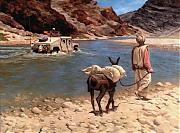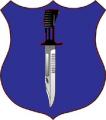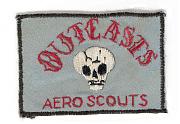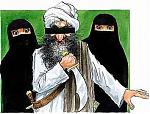Gotta applaud this guy for his effort. What I find frustrating is that what he is saying has been being said by many people for a great many years, yet still nothing is done.
Anyone who has studied the current set of infantry problems, knows how to solve them. All the equipment and TTP answers are out there, and have been for many years. Infantry science is mostly "doctrinal archaeology".
Historically, and doctrinally a fire team is actually 3-5. 6 men is two 3 man fire teams (or "glued" cells).
36 fire teams just breaks the span of control, so does 9, so some intermediate command level is needed. Lots of research in this area. Platoons are not military inventions. They are products of human nature.
However if you flexibly task organise platoons as 3-6 fire teams, or use sub task 2-3 teams into sections, you are getting to what the Australians, Brits and Israelis do in practice. It works. This also loves a lot of weight issues as well.
... I think we may have discussed this all before somewhere...












 "A Sherman can give you a very nice... edge."- Oddball,
"A Sherman can give you a very nice... edge."- Oddball, 

 Of course it is a good paper it was written by a Sergeant!
Of course it is a good paper it was written by a Sergeant!









Bookmarks